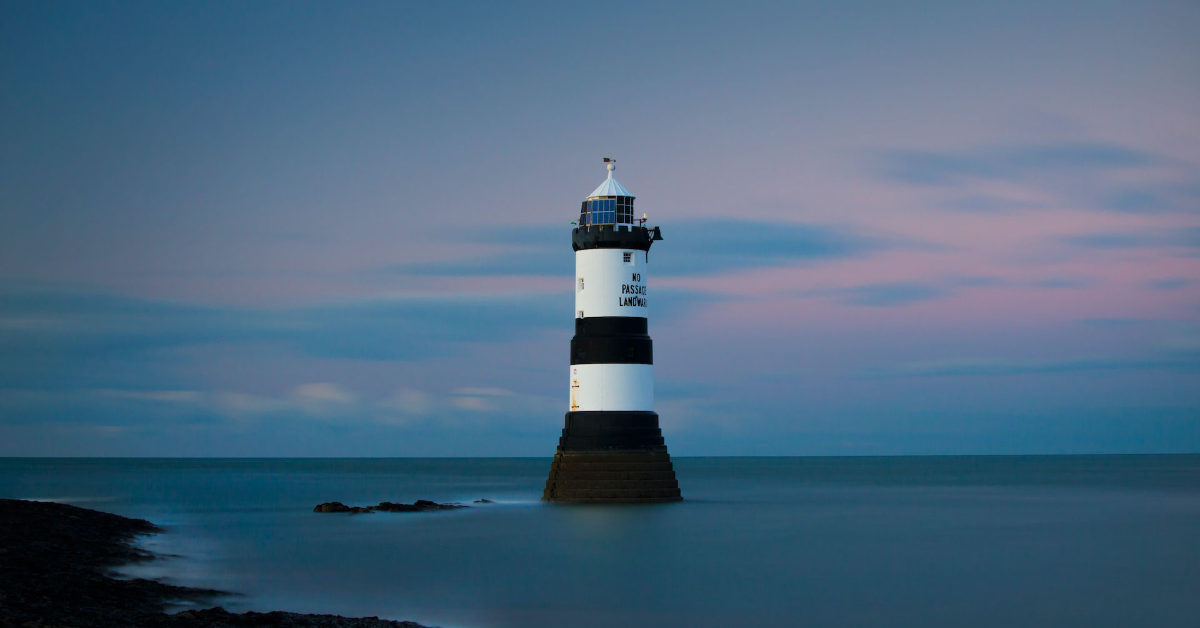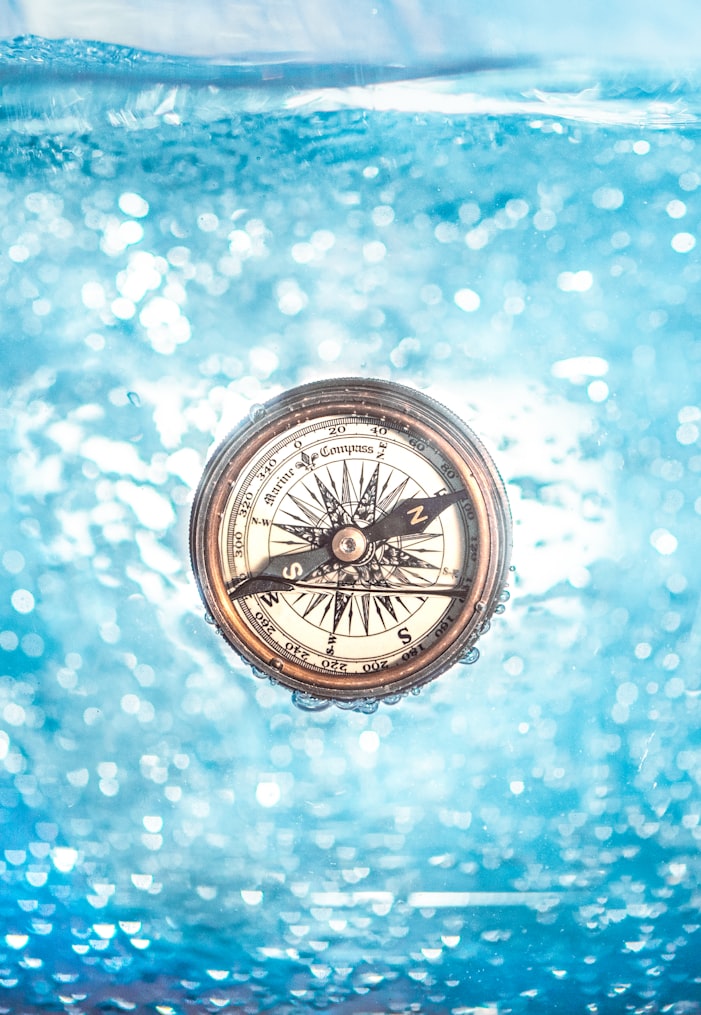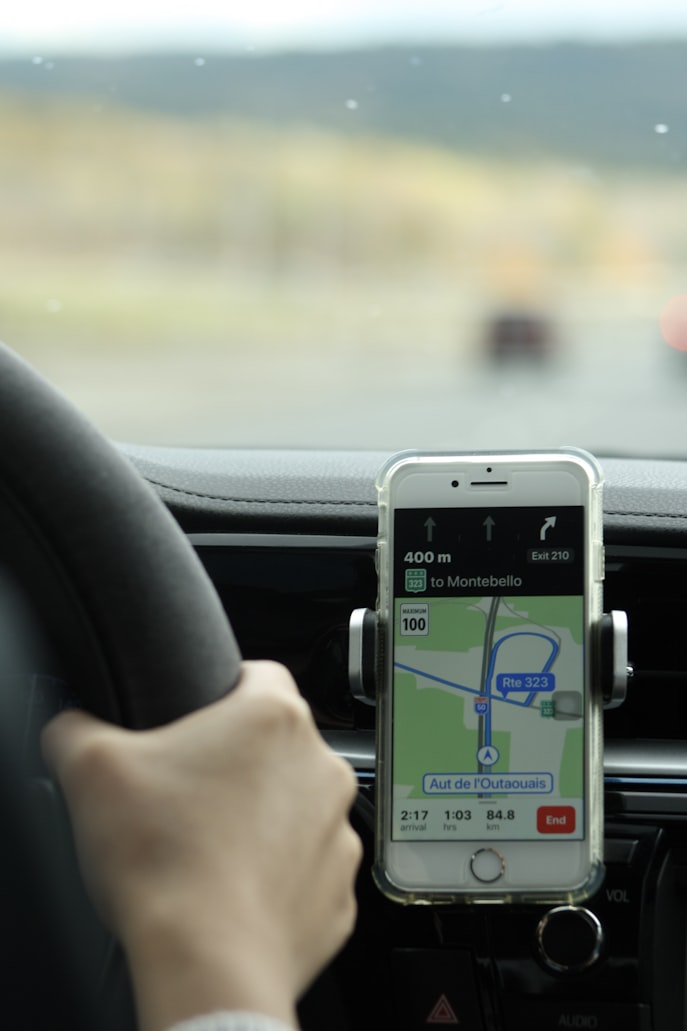The History of Ocean Navigation: From the Early Mariners to GPS

Ocean navigation has a long and fascinating history, with people relying on a variety of methods to navigate the oceans and explore the world. From the early mariners who used the stars and the sun to guide their way to the modern-day reliance on GPS, ocean navigation has evolved significantly over the centuries.
In this article, we will explore the history of ocean navigation and how it has changed over time.
The Early Mariners:
- The history of ocean navigation dates back thousands of years, with the early mariners using a variety of methods to navigate the oceans.
- One of the earliest methods used by the ancient mariners was celestial navigation, which involved using the stars and the sun to determine their position and guide their way.
- The ancient mariners also used the position of the moon, the shape of the coastline, and the direction of the currents to navigate the oceans.
The Development of Maps and Charts:
- As people began to explore the oceans more extensively, they began to create maps and charts to help them navigate.
- The earliest maps were simple drawings of the coastline, but as people began to explore further out to sea, they developed more sophisticated maps and charts that included information about the depth of the ocean and the location of hazards.
- The development of maps and charts was a major milestone in the history of ocean navigation, as it allowed people to navigate the oceans and explore new areas.
The Invention of the Compass:
- The compass is a simple, but an essential tool for ocean navigation.
- The compass was invented in China around the 11th century and was initially used to determine the direction of the sun and the stars.
- The compass was later adopted by the Europeans, who used it to navigate the oceans and explore new lands.
- The compass revolutionized ocean navigation, as it allowed people to determine their position and navigate through fog and other poor visibility conditions.
The Age of Exploration:
- The Age of Exploration, which took place from the 15th to the 17th centuries, was a period of great expansion and discovery.
- The advances in ocean navigation, such as the development of maps and charts and the invention of the compass, made it possible for people to explore the oceans and discover new lands.
- During this time, many famous explorers, such as Christopher Columbus and Vasco da Gama, set out to explore the oceans and discover new lands.
The Development of Modern Navigation Tools:
- In the modern era, ocean navigation has become much more sophisticated, with the development of a wide variety of navigation tools and technologies.
- One of the most important developments in modern ocean navigation is the Global Positioning System (GPS), which allows people to accurately determine their position anywhere on Earth.
- GPS has revolutionized ocean navigation, making it much easier and more accurate for people to navigate the oceans and explore new areas.
Conclusion
The history of ocean navigation is a long and fascinating one, with people relying on a variety of methods to navigate the oceans and explore the world. From the early mariners who used the stars and the sun to guide their way to the modern-day reliance on GPS, ocean navigation has evolved significantly over the centuries.
Today, ocean navigation is an essential part of our world, with people using a variety of tools and technologies to explore the oceans and connect with one another across the globe.
Hashtags
#oceannavigation #maritimetrade #maritimetransportation #maritimemuseum #oceanexploration #oceanhistory #mariner #navigationtools #GPS #marinescience #oceanconservation #marinelife
You can use these hashtags when sharing this post on social media.
If you enjoyed this article, don’t forget to share it with your friends on social media, and don’t forget to subscribe to our YouTube channel.







